The community of Benedictine monks at Pluscarden Abbey have enjoyed peace and solitude just miles from Elgin for centuries.
For nearly 800 years the striking monastery has provoked intrigue and curiosity as well as becoming a destination for quiet contemplation.
The ancient 13th Century building, which is the only medieval British monastery still used for its original purpose, has had anything but a peaceful history though.
The Press and Journal has visited Pluscarden Abbey to discover the stories behind Pluscarden Abbey’s history, how it was almost lost forever and how it rose again including…
- Fires set by a landowner hell-bent on revenge.
- How centuries of neglect left very little of the monastery left.
- The hardship of the Pluscarden Pioneer monks who slept in tents while repairing the abbey by hand.
- How Pluscarden Abbey operates in the 21st Century.
- What a day in the life for the 21 monks at Pluscarden Abbey looks like.
- How the monks of Pluscarden are unlikely stars on Spotify.
- The mystery of the missing monk.
Violent attacks in early years of abbey
Pluscarden Abbey was established by King Alexander II for the purpose of “christianising and civilising” the communities of the time.
The Moray monastery was established at the same time as Beauly Priory in the Highlands and Ardchattan Priory, north of Oban.
Monks from Burgundy in France were picked to made the then arduous trip to Scotland to establish the priories.
With little ties to the continent, the new community was allowed to find its own way for more than a century until coming under the control of the Bishop of Moray at Elgin Cathedral in 1345.
Although Pluscarden had been targeted during Edward I’s invasion of Scotland in the early 14th Century, it was this new link that put it quite literally in the firing line.
The abbey bore the brunt of the anger from Alexander Stewart, better known as the Wolf of Badenoch, after a furious row erupted between him and the Bishop of Moray at Elgin Cathedral.
Pluscarden was just one of many sites set on fire by the Wolf as his private army rampaged across the north in 1390.
Why Pluscarden Abbey was abandoned
Repairs were made but the buildings continued to show the scars from the attack and the number of monks living there declined.
In 1453 Pluscarden, which had only six monks by this time, was merged with Urquhart Priory, which was east of Elgin and had only two monks itself.
Pluscarden was chosen as the location to continue due to its larger buildings and Urquhart was abandoned.
The merger also marked a switch from the white habits of the previous Valliscaulian order to the black habits used by Benedictines of time.
By this time, Pluscarden’s days were numbered with the Reformation in 1560 spelling the end for the abbey and nearby Elgin Cathedral.
However, unlike its counterpart, which was immediately abandoned, monks continued to live at Pluscarden for nearly 30 further years.
Pluscarden Pioneers: The monks who rebuilt the abbey themselves
For centuries Pluscarden Abbey lay in ruins, seemingly consigned to history.
The grounds passed through numerous owners, some who paid the grounds more attention than others.
Throughout, the buildings were largely unmaintained and fell into disrepair with roofs collapsing, woodwork rotting to mould and rubble filling what had been a place of worship.
All that changed in 1943 when the then owner, the Marquess of Bute, passed Pluscarden to the Benedictine community of Prinknash in Gloucestershire.
From there, five monks were handpicked to lead a mission to Pluscarden to restore the monastery due to their joinery and bricklaying skills.
When they arrived in early 1948, there was no roof on the buildings and they lived in tents while undertaking repairs while sourcing items, including bells to ring for worships.
They had a target of September 8 to get the abbey ready for monastic life again.
On that day a huge crowd gathered under a temporary shelter for a restoration mass to celebrate the reestablishment of Pluscarden.
Brother Michael de Klerk, who lives at the abbey today, said: “I think it was very hard going for them during that first five months. The windows were all gone and they slept on the floor.
“I don’t think it’s that normal for lovely ruins to be restored to the extent that Pluscarden has been but the abbot at Prinknash was a bit of a romantic and I think he was enchanted about taking the whole thing on.”
Restoration of Pluscarden continues
It took an incredible 15 years for the walls to completely dry out after centuries exposed to the elements.
Monks who still live at the abbey today remember services before electricity, when everything was done by candlelight.
Restorations continued with Pluscarden getting its independence from Prinknash in 1966, a choir roof was replaced in the 1980s and the west wing restored in the 1990s.
The latest work, which commenced in 2023, is on a new wing to accommodate a female guest house as well as a new library and archive with an office and small gym.
A day in the life of Pluscarden
Benedictine monks at Pluscarden have a strict regime of prayers and work, which begin every day with a 4.15am knock at their door each morning from an appointed member of the community.
Each service can last up to an hour, with lengthier ones for special events including Christmas, Easter and feast days for saints.
Very quickly, it’s straight into prayer with the first service of the day coming at 4.30am.
- 4.30am: Vigils
- 6.15am: Lauds
- 9am: Mass
- 10.05am: Work: Monks take it in turns to perform the household tasks, including cooking, house work and the administration of day-to-day life. In addition, there are also outdoor tasks where the community grows their own fruit and vegetables and look after colonies of bees. For work the monks swap their white habits for blue ones.
- 12.40pm: Sext (the sixth hour, or noon): Followed by lunch, which is taken in silence apart from Grace being sung before and after the meal and a reading. Followed by a rest period.
- 2.30pm: Office of None: Followed by another period of work.
- 5.30pm: Vespers
- 6.45pm: Supper: A lighter meal than lunch, but still formal with a reading. Followed by recreation, which normally involves informal conversations among the monks. Meals are mainly vegetarian and use fruit and vegetables from the gardens.
- 7.45pm: Chapter: Led by the abbot of Pluscarden. It’s an opportunity to speak to the community as a whole.
Sundays are the only days that stray from the schedule, which have less formal work to allow for reflection and prayer.
Christmas and Easter also have longer services but also more free time for the community to get together as a group.
How Pluscarden Abbey embraces the 21st Century
A common misconception among visitors to Pluscarden Abbey is that the monks are reclusive with no contact with the outside modern world.
Members of the community can have mobile phones and e-mail addresses, even though 4G signal in the valley is poor.
Three times a year the monks sit down to watch a movie together, with Top Gun: Maverick among the most recent choices.
Tourists are often transfixed by the automatic lawnmower that keeps the grounds looking pristine, a switch that allowed the monks more time for prayer and other work.
Previously, monks have told the Press and Journal: “People stop and stare at it. We should have put a little flag on it and sold it for advertising.”
Calls are made to local suppliers in Elgin and the rest of Moray for anything from food to supplies to repair their habits.
A shop on the grounds sells spiritual books as well as all kinds of Pluscarden souvenirs, including monk fridge magnets, thimbles, erasers, photos of the abbey cat Baxter and artwork from one of the monks.
When the grounds were struggling to cope with the rising number of coach trips visiting, they applied to the Scottish Government for £80,000 to help increase the size of their car park.
Monks can be seen walking in their white habits to the nearest polling station to vote in elections.
And the community has been outspoken about planning developments, including plans to build nine houses near the abbey and a now-abandoned proposal to re-route a dualled A96 through the rural area.
Pluscarden Abbey monks are Spotify hits
The Pluscarden Abbey monks have a long history of releasing CDs of their distinctive Gregorian chanting.
The singing forms a key part of their services and echoes around the ancient walls.
In recent years the monks have taken to putting all their latest recordings on Spotify, and other streaming services, to reach a global audience.
The Spotify website indicates the recordings attract nearly 7,000 listeners every month.
Their most recent release is a collaboration with London-based Australian jazz pianist Tom Donald, who moved a grand piano to Pluscarden for the recording.
Together the musician and the monks had a “jam session” in the ancient church as part of a project to examine the origins of music.
Although initially reluctant, the monks eventually agreed to take part after much deliberations.
A note on the abbey website explains: “When we receive odd requests, we usually attempt to respond with a sweet smile.
“This will normally be followed by a straight no, or possibly by lengthy prevarication, which usually comes to the same thing.
“In this case the request was repeated, and more than once. Um… ah… well… Then some phone conversations took place; then some discussion on our own side; some more prevarication, followed by two or three visits.
“Then: we know this is a big risk, but because – just perhaps – it will give glory to God; we know this sounds crazy, but yes!”
The mystery of the missing monk
The monks of Pluscarden Abbey were at the centre of a major police investigation in May 2005 when one of their community went missing.
Father Maurus Deegan, one of the original five Pluscarden Pioneers, was seen going for his usual mid-morning walk but never returned.
As concerns grew for the 93-year-old police teams, a search and rescue helicopter, underwater dive teams and sniffer dogs joined the hunt to find him.
Although he had poor eyesight and hearing difficulties, he was described as still being extremely fit and was known for walking long distances.
Residents were also urged to check sheds, garages and other outbuildings to see if he had taken shelter.
An initial five-day search took places before another operation the next month and again the following year.
However, no trace of the monk, who had lived at Pluscarden for 57 years, was ever found.
One year after his disappearance, police told the Press and Journal they would keep an open mind about what happened.
Detective Constable Dave Robertson said at the time: ” While we have to keep an open mind, with the passage of time and given Father Maurus’s age, we have to consider the possibility that he took ill somewhere in a secluded area in circumstances that he was unable to seek assistance.
“If any new information comes to light, however trivial it may appear, then obviously we shall pursue it.”
Special prayers were said in the abbey for Father Maurus while the search was ongoing and a cross was later erected in his memory in the abbey cemetery.
Read more about Elgin and Pluscarden Abbey
- Longer prayers, Top Gun and lots of chanting: How the monks of Pluscarden Abbey spend Christmas and New Year
- Hardship of Pluscarden Abbey monks who reestablished monastery is remembered
- Elgin Cathedral: The rise, fall and rise of the Lantern of the North
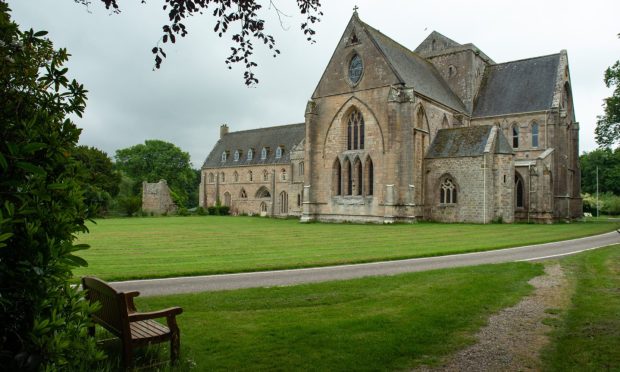
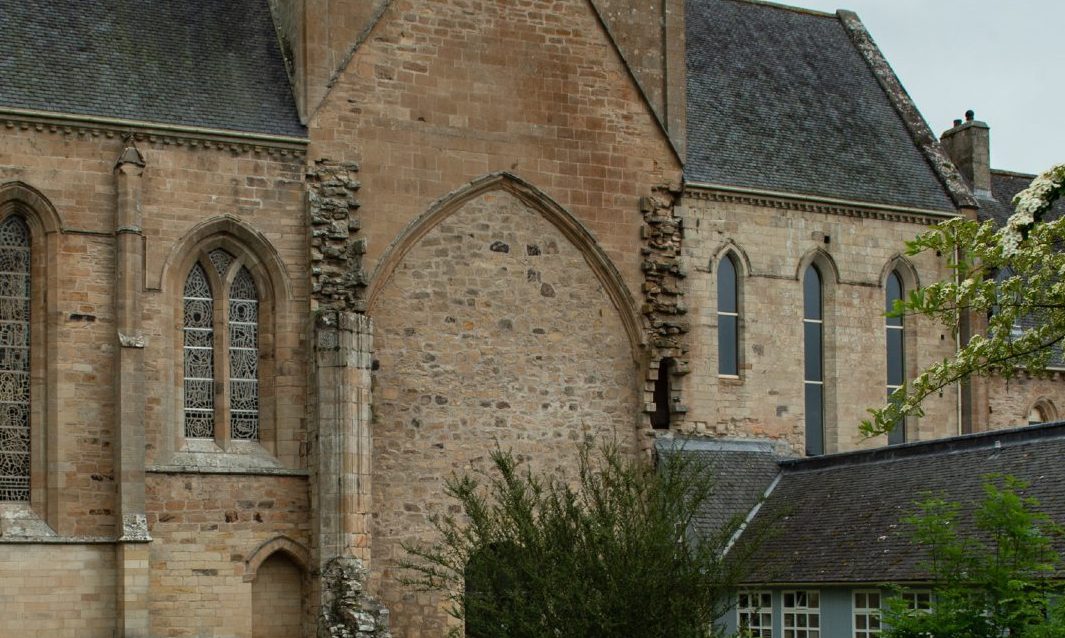
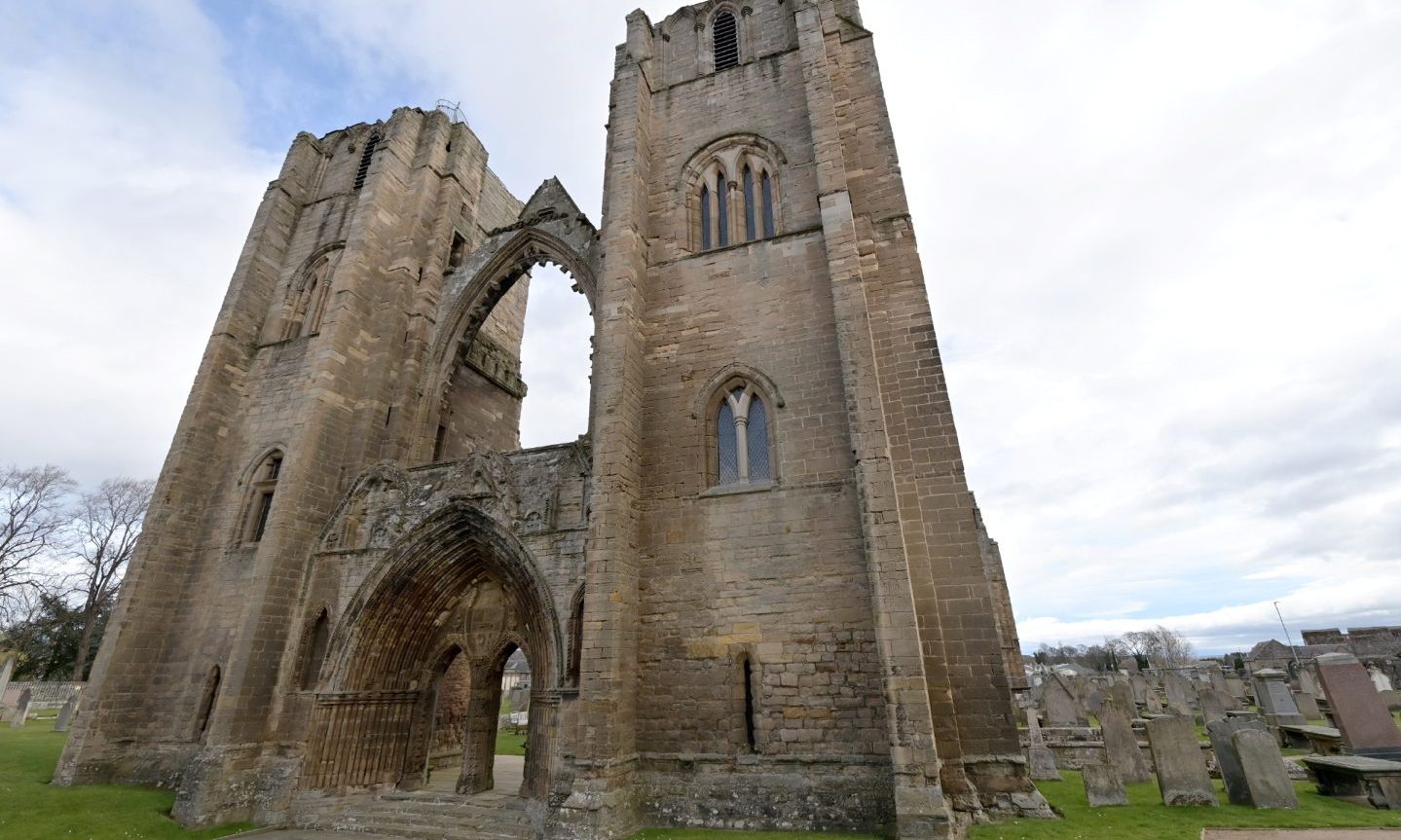
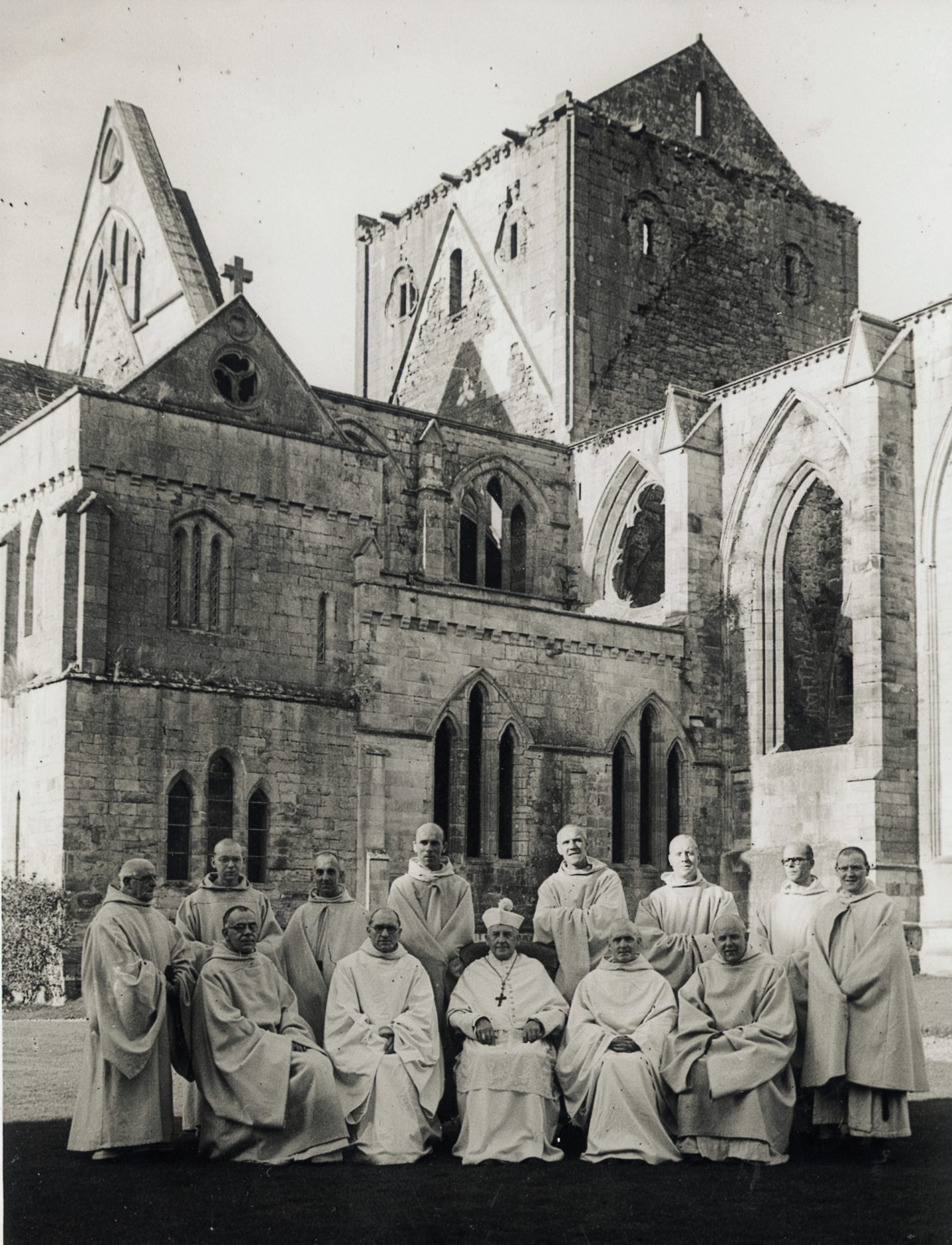
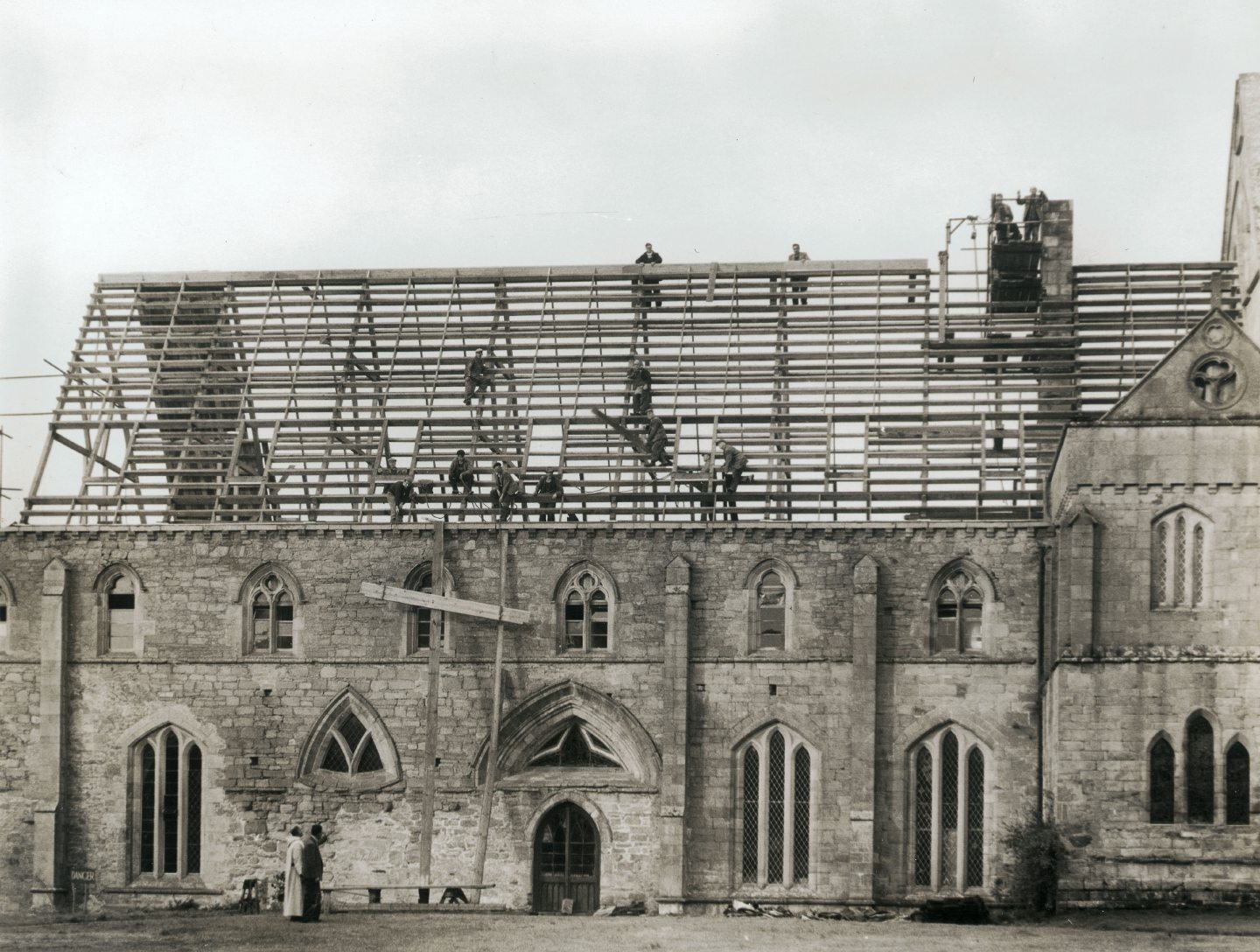
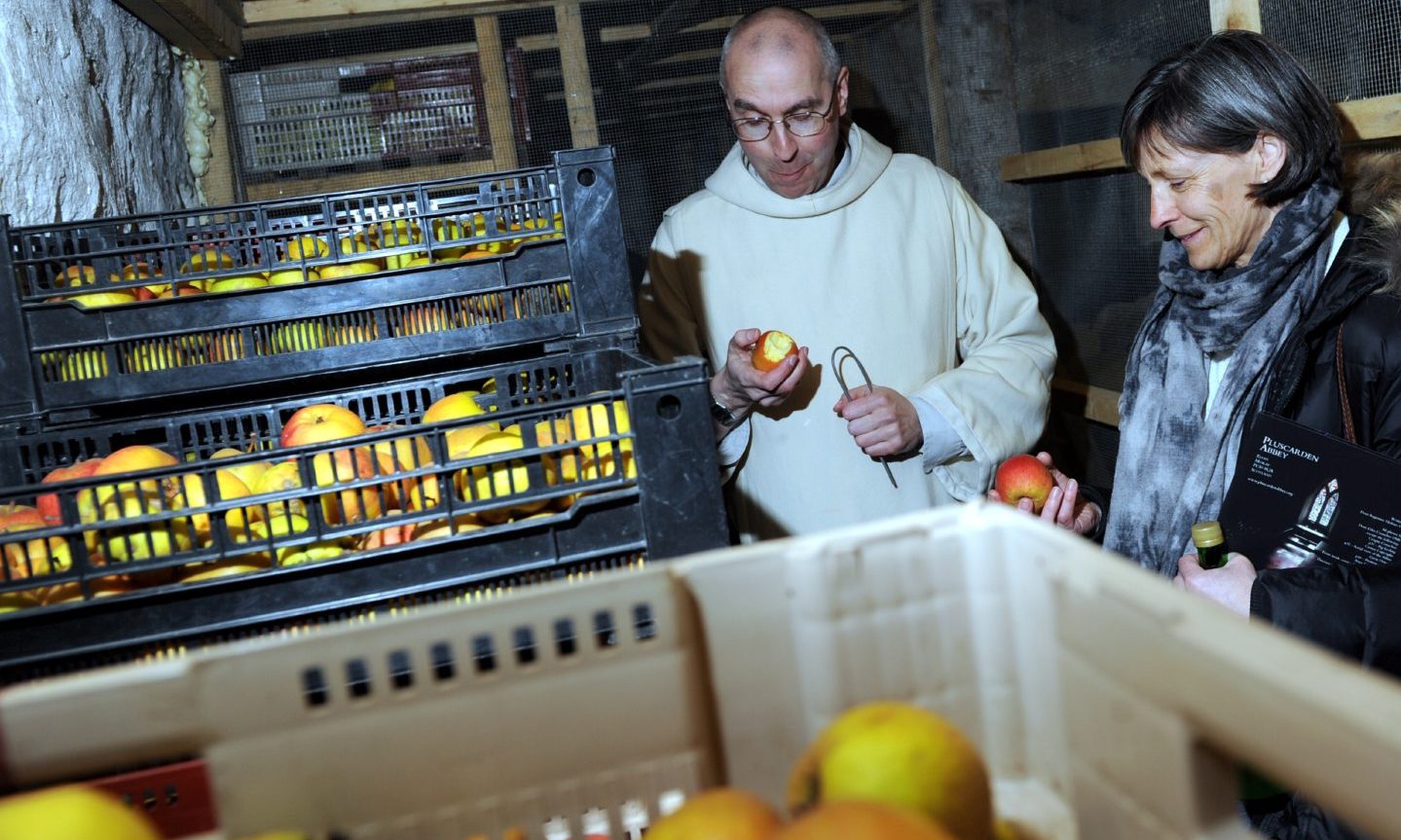
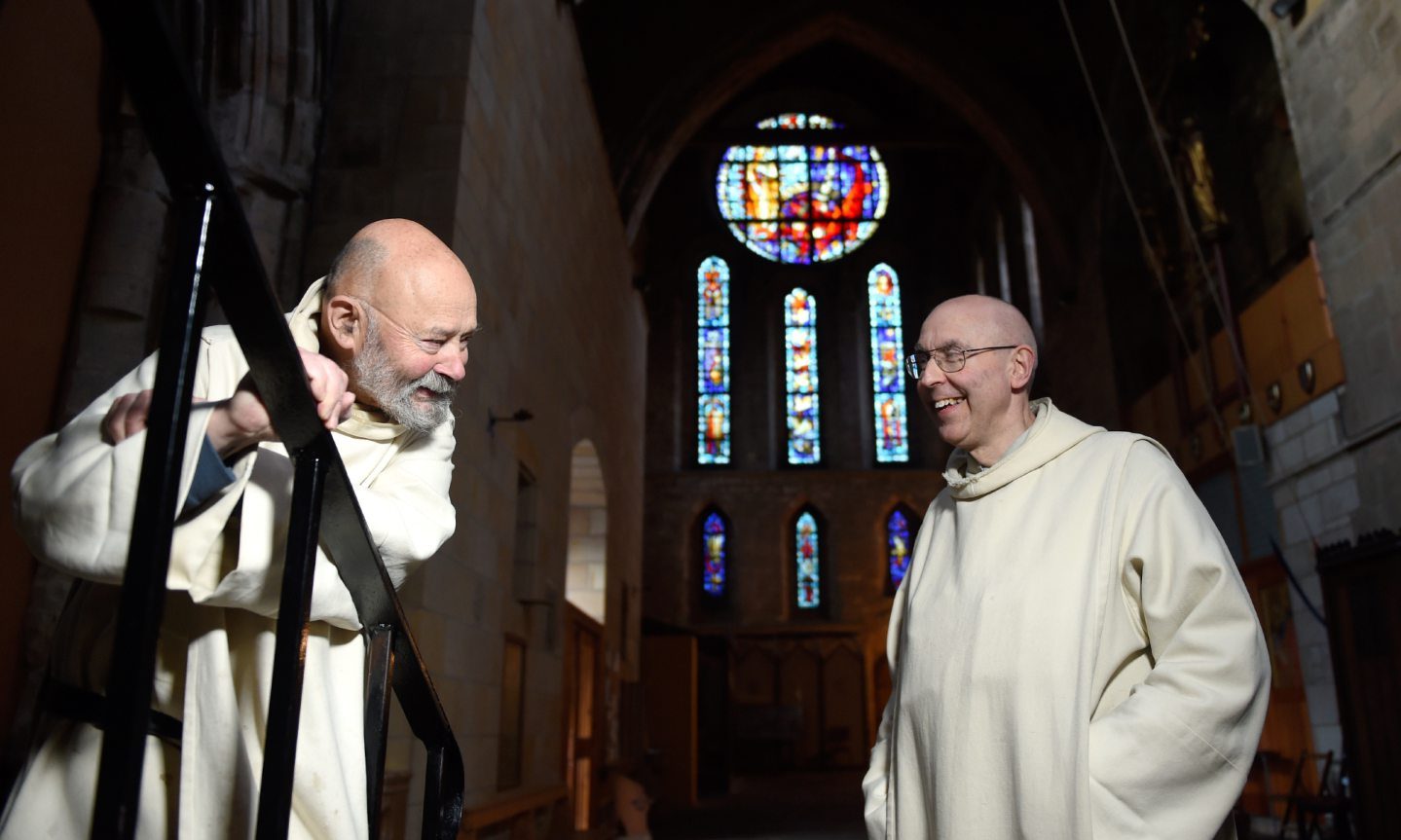
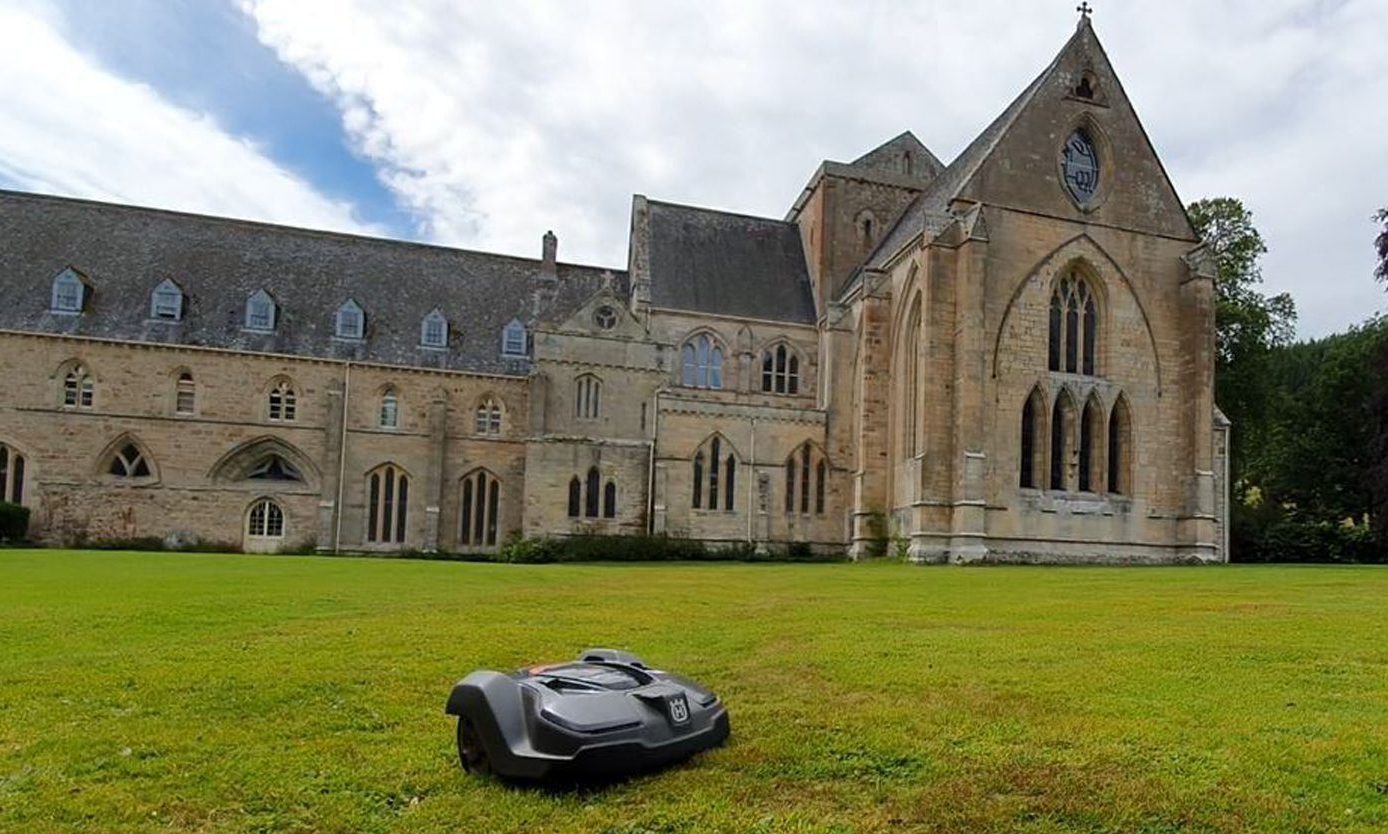
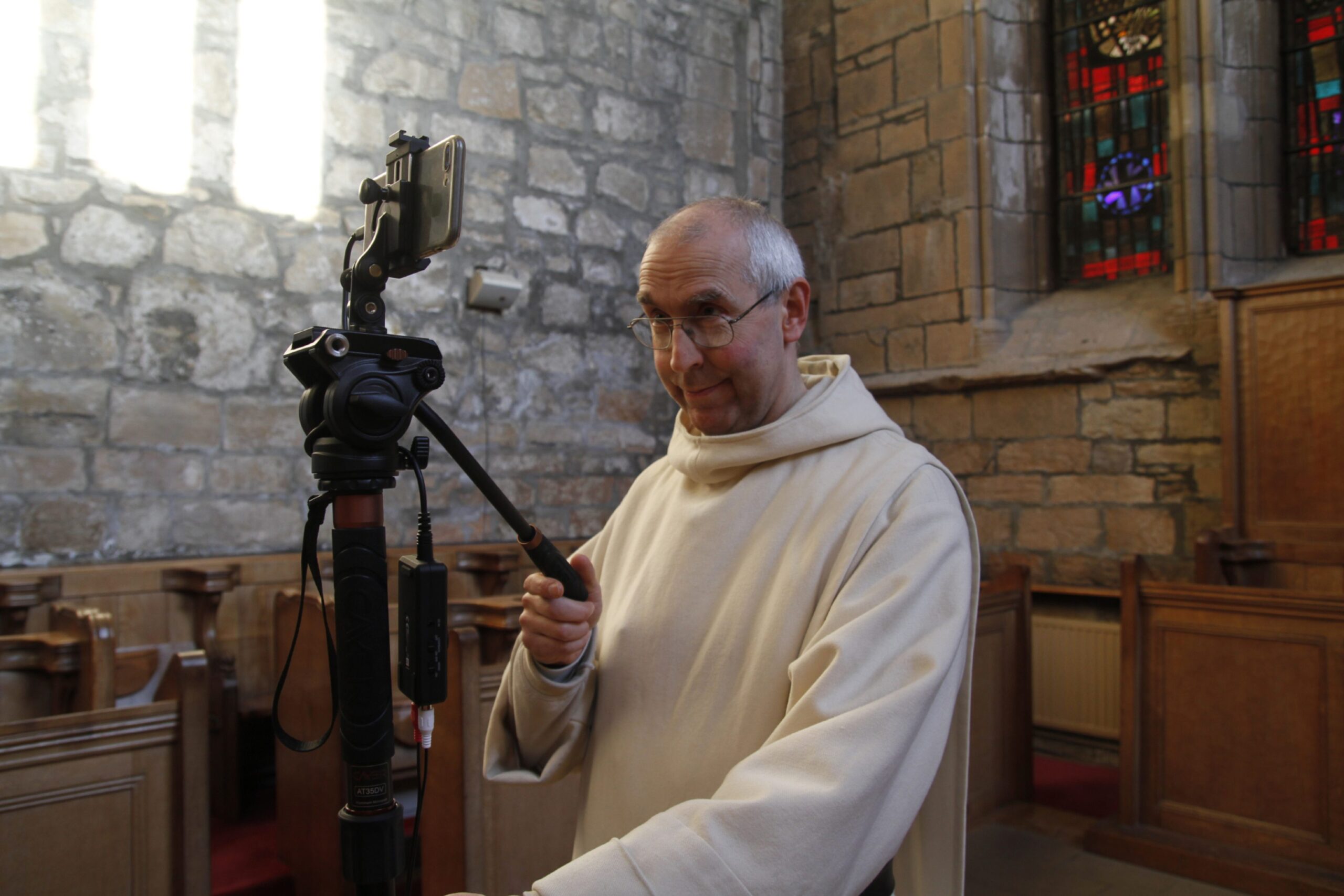
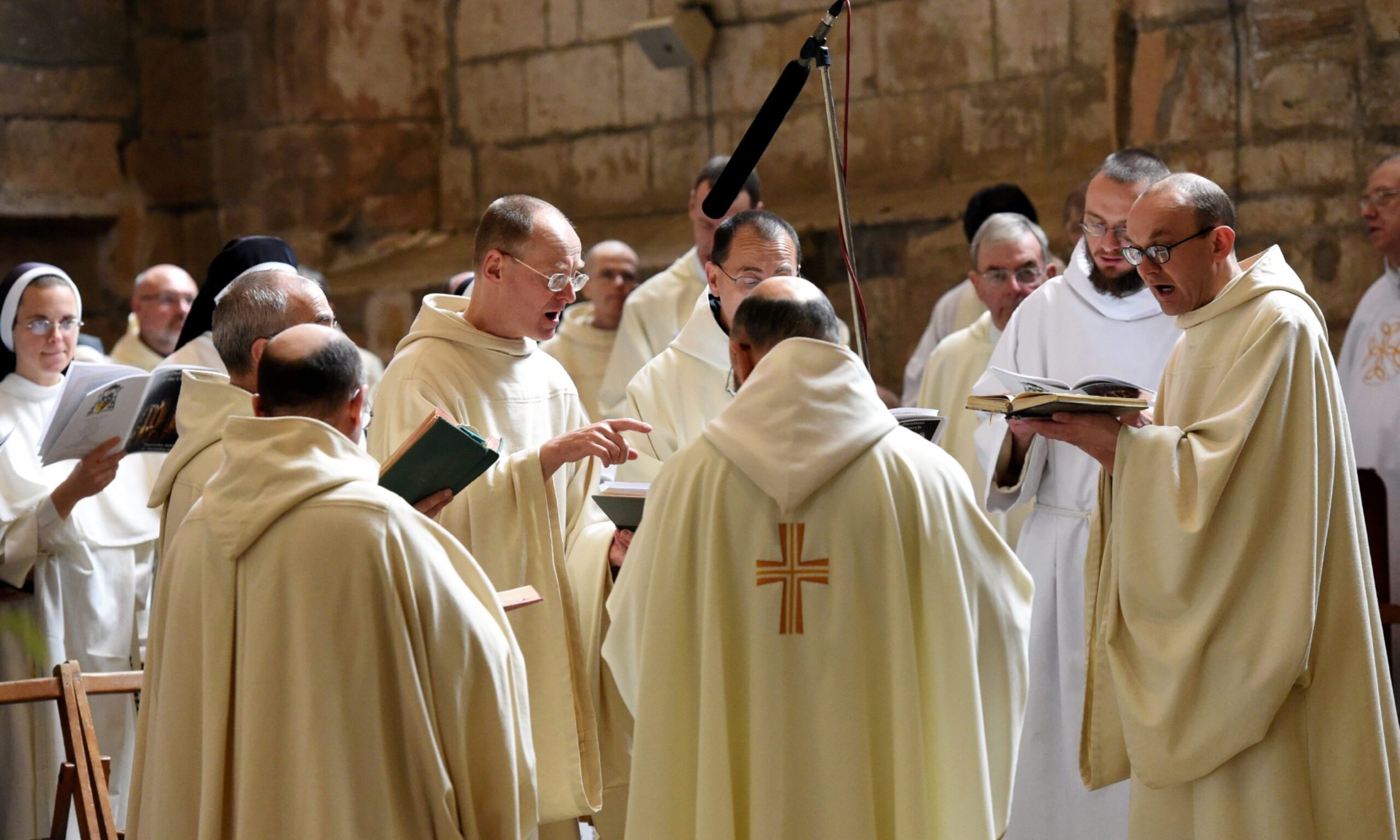
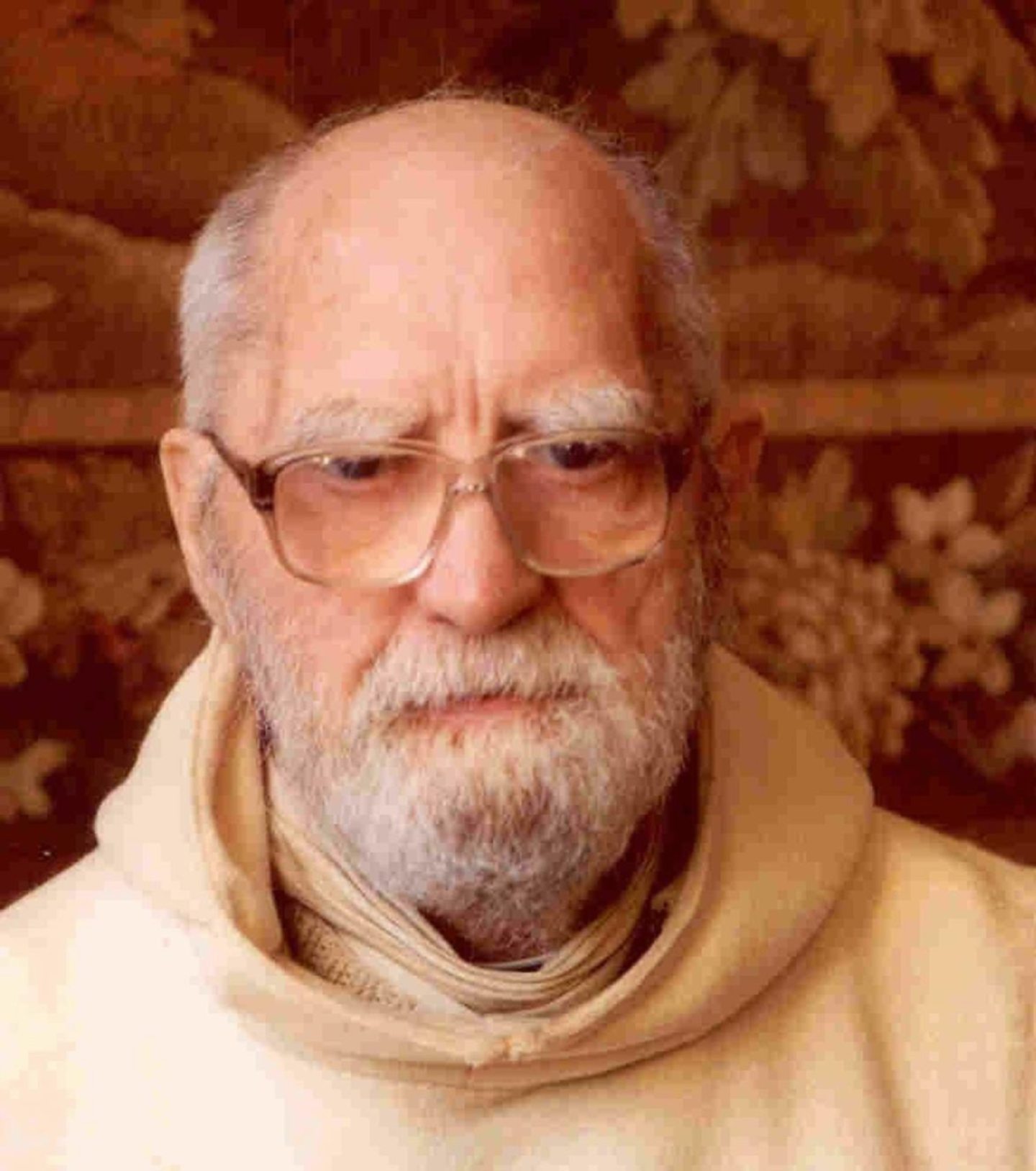
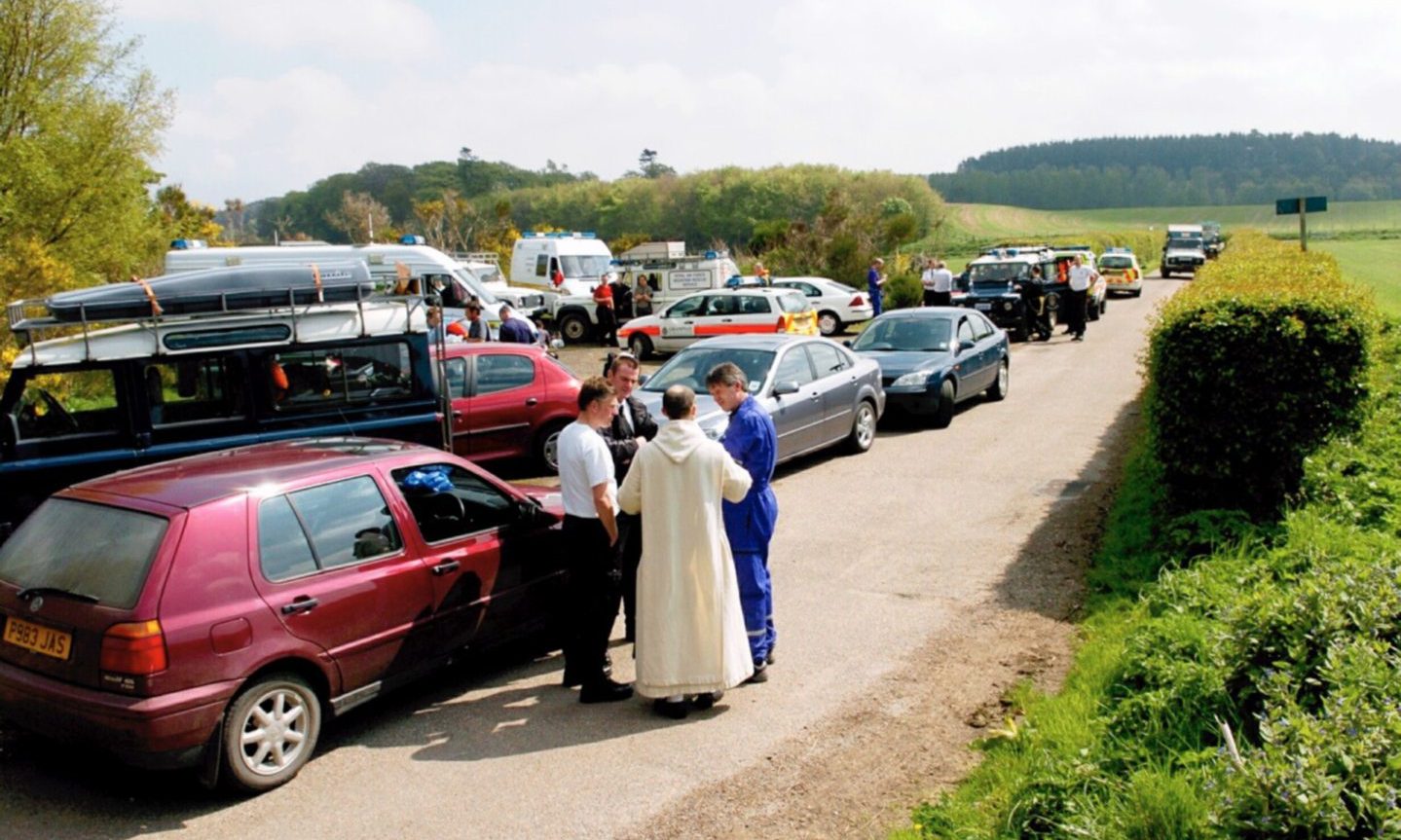
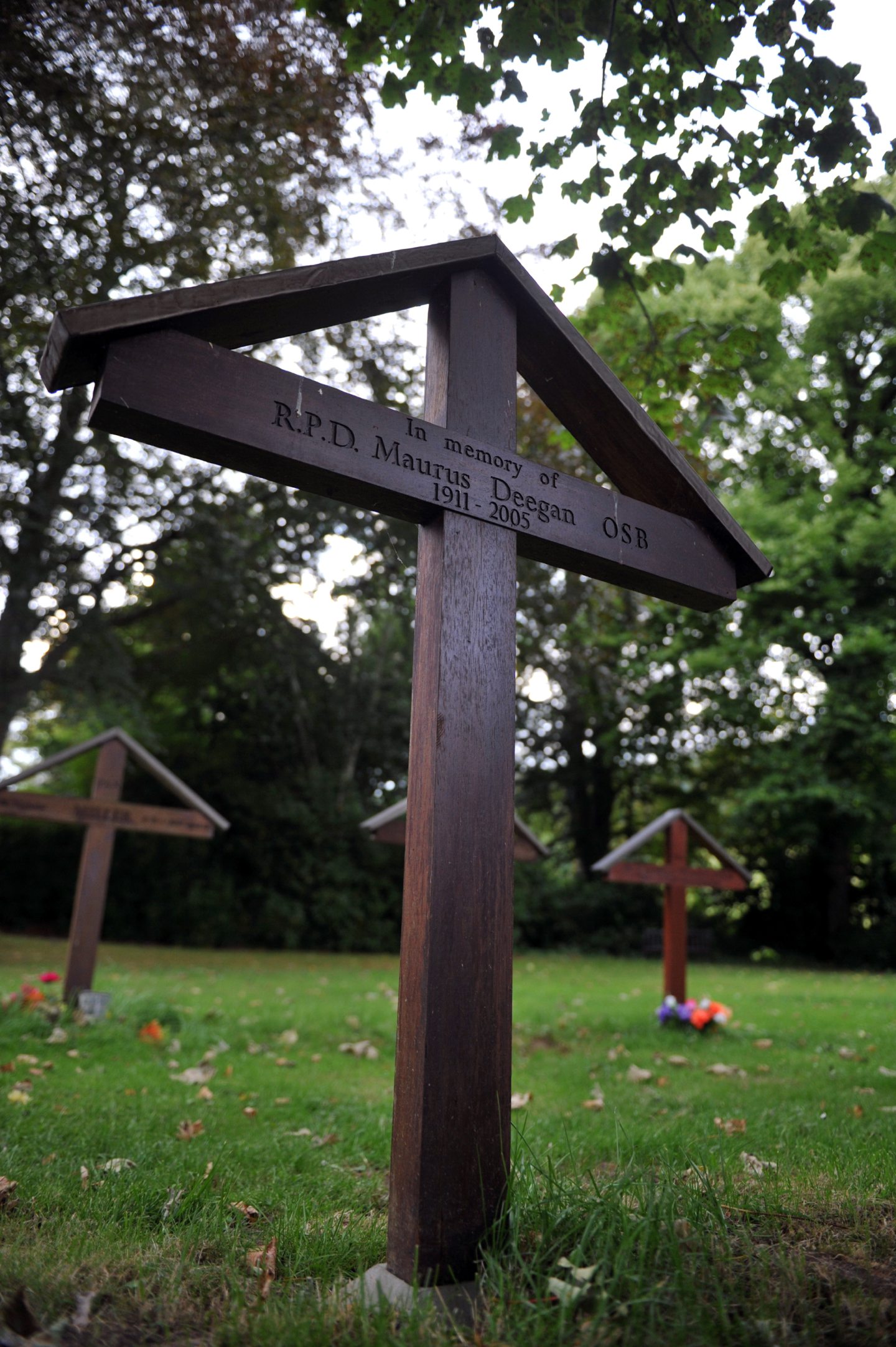
Conversation